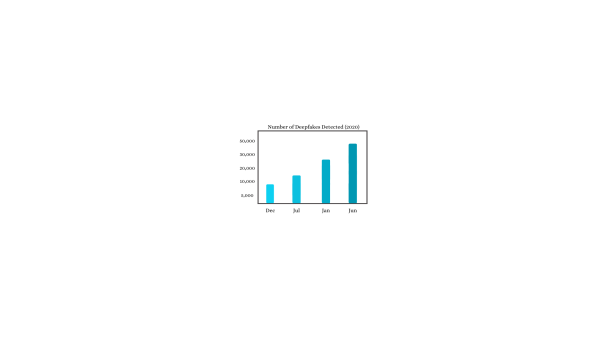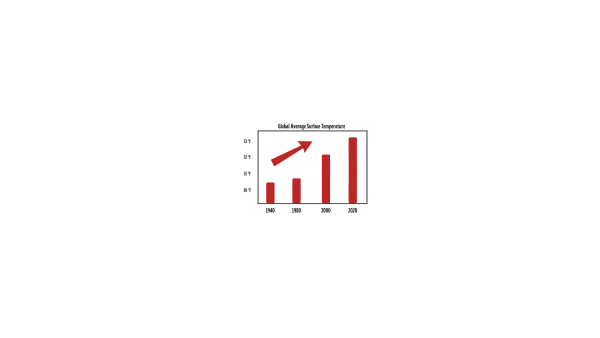Party Politics: Where do Democrats and Republicans Go From Here
In the days surrounding the Biden-Harris Inauguration and in the wake of a deadly attack on the Capitol Building, the realities of our two-party political system have come fully into the limelight, awakening our citizens to an entirely new struggle in Washington D.C.—the struggle for political unity. Both Democrats and Republicans find themselves in unique positions:
Democrats
A narrow Senate majority, a slim hold on the House, a new presidential administration: this is the new reality for the Democratic side of the aisle.
With a newfound control over the legislative and executive branch, new opportunities exist to not only push the progressive agenda forward in the midst of the COVID-19 pandemic, but unify for their causes.
Republicans
As control over the Senate and the executive branch is lost, members of the Republican party face growing disunity in the wake of the January 6 attack on the Capitol.
Ranging from a bitter split over certification of the electoral college vote to an uncertain impeachment trial, a deep division runs through the caucus of GOP legislators.
The Senate (Democrats)
The tension that filled the air since November’s election week finally dissipated in the small hours of Jan. 6—the results from the Georgia Senate elections were finally in, a pair of runoffs that would determine party control of the Senate. Democratic challengers Jon Ossoff and Raphael Warnock defeated Republican incumbent Sens. David Perdue and Kelly Loeffler respectively, bringing the Senate to a 50-50 Democratic majority with Vice President Kamala Harris now able to serve as a tie-breaking vote for the Democrats.
With this new majority, Senator Mitch McConnell will become the Senate minority leader, giving first-time Majority Leader Chuck Schumer more control over legislative scheduling and agendas.
Among the bills expected to be brought to a vote by the Democratic caucus include new COVID-19 relief, changes towards campaign financing, legalizing marijuana, and criminal justice reform.
However, a divide within the Democratic party remains over long-standing issues, such as eliminating the filibuster and implementing universal health care—Senators from the far-left to the staunch center have differing stances on such areas.
With the power to shape legislation for another two years, it is a matter of time and observation to see what the new majority passes until the midterms.
Impeachment and Donald Trump (Democrats)
In the wake of the attack on the Capitol, the Democratic Party has found unity in the gravest task the Constitution lays before a legislature: convicting the now former President Donald Trump in the Senate after impeaching him for a second time in the House on Jan. 13. Filing one article of impeachment for “incitement of insurrection” with less than two weeks left in the Trump administration, the House’s action stood as a symbolic opportunity for representatives to speak on the issue of accountability, leadership, and the history of this nation—with the vote quickly turning bipartisan as ten Republicans voted with House Democrats, including high-ranking GOP member Liz Cheney.
If Trump is convicted in the forthcoming Senate trial, it will bar him from holding office again.
Some student voters at PVHS supported the cause behind impeachment, with senior Pili Marco saying, “Considering the mob at the Capitol, I think that it’s important that leaders who encouraged these actions should be held accountable to some degree, because they have a great influence over their supporters’ actions.”
The Senate (Republicans)
Conservative control of the Senate was lost on January 6 as incumbents Kelly Loeffler and David Perdue lost their runoff elections in Georgia, with a lower Republican voter turnout playing a large role. Within the final days of President Trump’s term, messages of doubt about the electoral process, specifically in Georgia, spurned a greater percentage of Republicans from participating in the runoff election.
Impeachment and Donald Trump (Republicans)
Yet, the true division within the Republican party is most evident surrounding Donald Trump and the objection to certifying the electoral college’s votes in Congress—a division that only deepens with his second impeachment for inciting an insurrection. Ten Republican Congressmembers voted to impeach the former President, with third-highest-ranking Rep. Cheney joining the effort.
The move has caused large backlash from pro-Trump conservatives inside and outside their districts, with many calling for their resignations and most already threatened with primary challengers.
Senators who did not side with the pro-Trump objection to the electoral votes have been facing a similar dissatisfaction amongst their constituents.
Republican Senators Lindsey Graham (R-South Carolina) and Mitt Romney (R-Utah) were among those harassed in airports following public statements denouncing President Trump’s actions, with videos of them being called “traitors” circling social media.
The “Great Divide” between supporting and condemning the actions of the 45th president, especially when GOP Senators contemplate how they will vote in the impeachment trial, have not gone unnoticed by even the newest generation of voters.
“During those last days of the Trump presidency, I think there were three parties: the Trump supporters, the Republicans, and the Democrats, and I think that it’s created a lot of division. But I have faith that things will be more unified with the new administration,” senior Chaya Holyfield said.








